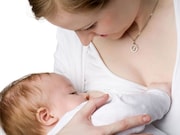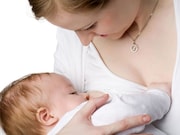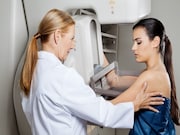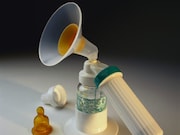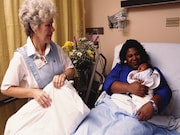Tag: Breast-Feeding
Data Insufficient for Safety of Lithium During Breastfeeding
Lithium transfer to infants is variable; three cases of adverse effects reported, but confounding occurred
Receipt of Breast Milk Increases With Gestational Age at Birth
71.3 percent of extremely preterm and 84.6 percent of term infants received any breast milk
Parity, Risk for Breast Cancer Studied for BRCA1/2 Carriers
Higher risk seen in uniparous BRCA1 carriers, parous BRCA2 carriers; breastfeeding cuts risk in BRCA1
AAAAI: Exclusive Breastfeeding Not Linked to Eczema Risk
Exclusive breastfeeding for three months or longer tied to lower odds of continued eczema at 6 years
Human Milk Microbiota Shaped by Maternal Factors, Feeding Method
Pumped milk is associated with the depletion of oral bacteria, higher abundance of potential pathogens
Initiative Tied to Decreased Racial Inequity in Breastfeeding
Compliance with Ten Steps program linked to increased breastfeeding in African-Americans
Single-Family Rooms May Benefit Very Preterm Infants
Reduced sepsis, increased breastfeeding rates observed; no difference in neurodevelopment vs. open bay units
Paid Family Leave Policies May Modestly Increase Breastfeeding
Several breastfeeding outcomes consistently improved for married, white, high-income mothers
Breastfeeding Inversely Linked to Infant BMI Z Score
Higher BMIzs found for all feeding styles compared with exclusive breastfeeding at three months
Maternal Holding With Glucose or Breastfeeding Best Analgesic
Breastfeeding during heel stick tied to bilateral activation of somatomotor, somatosensory cortices


